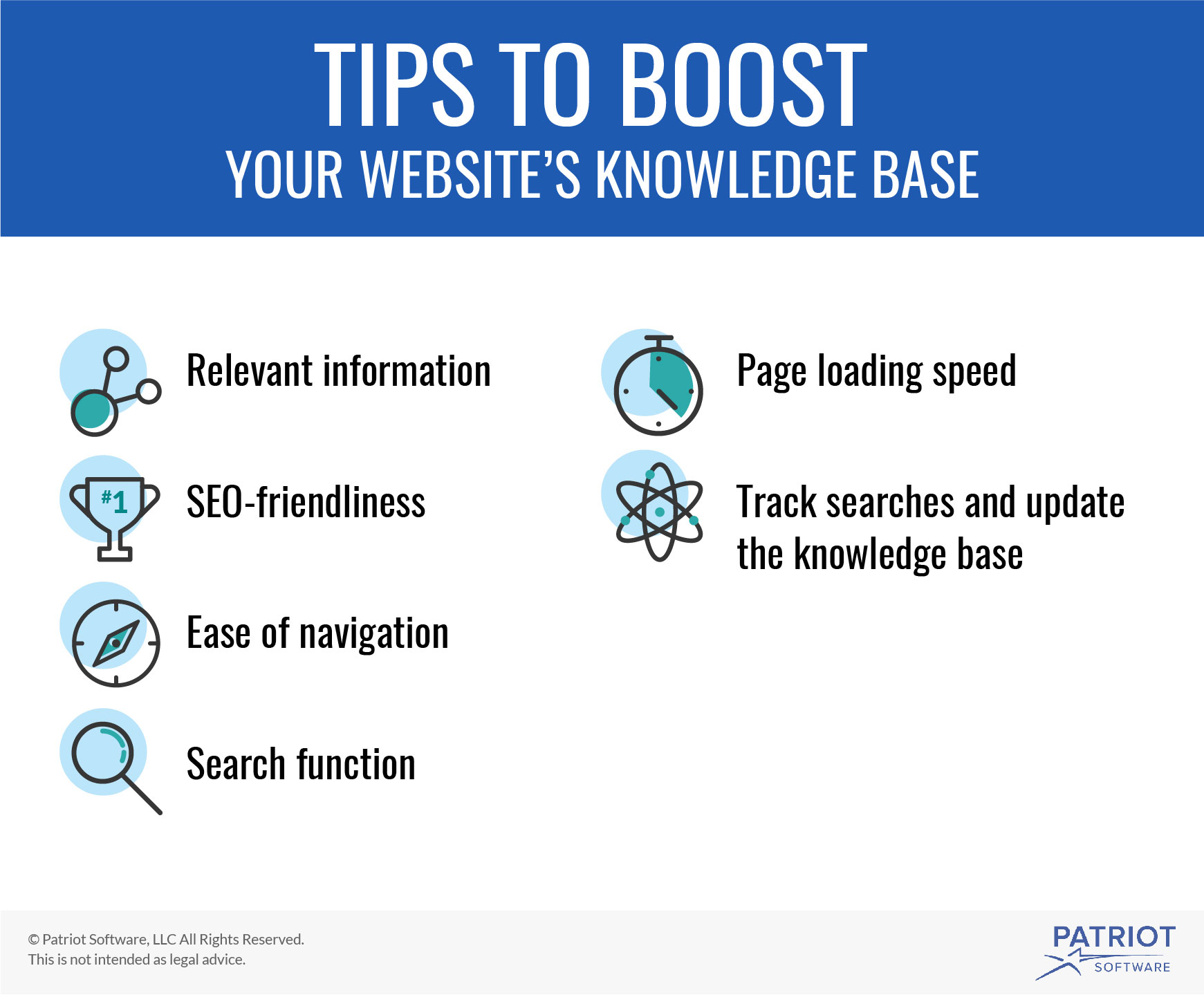The traditional customer support approach is dying a slow death, with more and more companies switching to advanced techniques of providing excellent support. When it comes to small business, the self-help strategy is the perfect way to help clients.
One study shows that 70% of customers prefer to visit a company’s site to find answers to their questions as opposed to sending an email or making a phone call to support teams. At the same time, data from another study shows that at least 51% of customers would rather access support from a knowledge base hosted online.
With many customers opting for self-support, creating a knowledge base becomes an ideal solution for small business. Knowledge base software enables you to create various informational content which can be used for employees as well as for customers. For example, FAQs, user guides, product manuals, articles etc., are the typical examples and elements of a knowledge base.
But, is having a knowledge base enough to ensure that clients are happy and satisfied? Does it provide you leads and higher conversions? And most importantly, does a plain knowledge base provide excellent experiences to customers?
If you have a knowledge base already on your website, that’s great. But, it’s time you move on to the next step that lays importance on boosting the performance of your knowledge base, so that it gives you the best results. Here are six ways that can help you improve your website’s knowledge base and make it the go-to spot for your customers:

1. Relevant information
Developing content that adds value to your customers is the key to capturing and retaining their attention. Your knowledge base is an information repository where your customers can find quick answers. As such, the content you put in this repository should be accurate, relevant, and easy to scan.
For instance, an accounting software provider would include detailed information about their product in the FAQ section.
To ensure you provide the right information that your audience needs, work with your customer support team to identify the regular issues raised by your customers and the solutions provided to them. Further, review the interactions that have happened in the past with your customers on social media, email, and previous help desk tickets to identify the frequent issues they face. Use this information to develop content for your knowledge base, and have your staff review it while correcting any inconsistencies and grammatical errors.
Consider using videos and visual graphics to enhance your writing content. You can use different content formats to help your visitors find the answers they need with ease—from tutorials and screenshots to infographics and videos. In addition, make your knowledge base easy to understand so that visitors can recommend it to others and share on social media.
2. SEO-friendliness
On the cyber planet, out of sight means out of mind. You need to be constantly in the spotlight to gain attention, and that can happen only if you have done your SEO right. As such, there is no better way to drive customers to your knowledge base than developing better content that ranks high on search engines. According to one study, 93% of online experiences begin on search engines. And, 51% of web traffic comes from organic search. These figures prove that an SEO-friendly knowledge base is more likely to capture your customer’s attention and attract new prospects.
There are several ways to boost your website’s knowledge base through SEO. The first one is keyword optimization, which can be achieved by targeting certain keywords that make your content visible online in places where customers are searching. Metadata optimization is another SEO strategy. Here, you include keyword phrases in your titles, URLs, images, and meta descriptions.
Besides optimizing your content, ensure that you also optimize your knowledge base for mobile devices. As an online portal, a knowledge base should be easy to access on smartphones and tablets.
3. Ease of navigation
People who need to address an emergency will not have the time to go through hundreds of articles. This means the way you organize content in your knowledge base is the key to attracting customers. Besides uploading valuable content, your visitors should be able to navigate your website with ease and find the information they need within the least time possible.
To do this, you need to prioritize user experience. Create a structure for your knowledge base by organizing content based on your objective or the topic. Categorize articles that address similar problems together so users can locate them as fast as possible. Further, make information more appealing by using breathing spaces, screenshots, visual images, and specific titles.
4. Search function
According to Moz, at least 30% of people who visit a website perform an on-site search. Such visitors are more likely to visit the site again to find information. At the same time, their chances of making a purchase are twice as high. As such, having a search function on your knowledge base will not only improve your customer’s experience, but it will also drive traffic to your site and increase sales.
Be strategic with your search function and place the search bar where people can locate and use it with ease. Like other search engines, use analytics to identify the keywords your visitors use to find information in the knowledge base. Once you know the keywords, use them to optimize your content, ensuring that each keyword reflects relevant results.
It’s important that you analyze data like successful and failed keyword searches to ensure that customers who do not word questions a certain way don’t fall through the cracks. When you have this data, you can add more articles to your knowledge base and improve the content of the existing ones. Configure your search function in a way that it provides suggestions on searches. This will enable your visitors to find answers quickly and locate the articles they want the first time they run a search.
5. Page loading speed
Some statistics show that 47% of consumers want an online page to load within two seconds, while 40% abandon websites that take three or more seconds to load. This means if your knowledge base pages don’t load within two-three seconds, your customers will abandon your site and find answers elsewhere.
There are several ways to address this problem. This includes reducing your server response duration to below 200ms, optimizing images, reducing redirects, and enabling and testing gzip compression support. In addition, implementing simple actions like organizing your knowledge base and removing large images, unoptimized scripts, and unused components can help improve loading speed.
6. Track searches and update the knowledge base
Monitor the search activities undertaken by your customers regularly to know its effectiveness. This process will enable you to identify information gaps, which can be helpful in creating new content for your repository.
At the same time, identify successful and failed searches and popular and poorly rated articles to know what’s on your customers’ minds. Consider using analytical tools to find search terms that failed to yield results that visitors wanted and improve on your keyword optimization efforts. Catalog your top categories and articles to serve customers in a better way.
Conclusion
A knowledge base is an important strategy for growing your business. It enables you to maintain continuous, interactive communication with your customers, particularly when they need help.
By implementing the tips discussed above, you can improve the effectiveness of your knowledge base as a self-support platform.
These views are made solely by the author.
